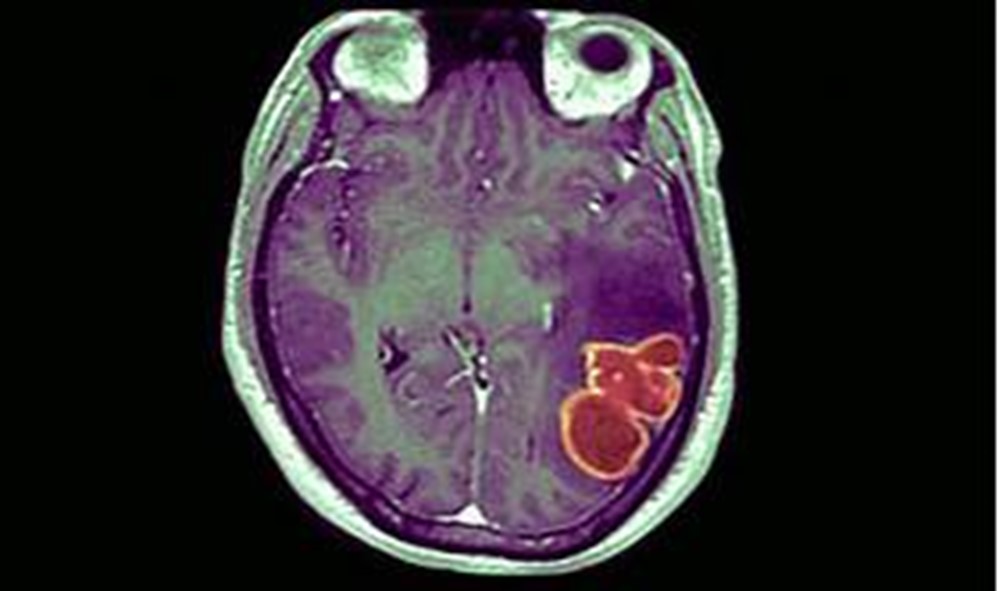Which component of pain assessment is addressed by asking a client to rate his or her current level of discomfort on a scale of 0-10?
Intensity
Quality
Onset
Duration (Source: https://quizlet.com/303867498/pain-management-nclex-practice-quiz-25-questions-flash-cards/).
The Correct Answer is A
The correct answer is choice A. Intensity. Intensity is one of the key components of pain assessment and it is measured by asking a client to rate his or her current level of discomfort on a scale of 0-10.
This helps to quantify the severity of pain and monitor its changes over time.
Choice B. Quality is wrong because quality refers to the nature or characteristics of pain, such as burning, stabbing, throbbing, etc. It is usually assessed by asking the client to describe the pain in his or her own words.
Choice C. Onset is wrong because onset refers to the time when the pain started or what triggered it. It is usually assessed by asking the client about the mechanism of injury or etiology of pain, if identifiable.
Choice D. Duration is wrong because duration refers to how long the pain lasts or how often it occurs. It is usually assessed by asking the client about the course or temporal pattern of pain, such as constant, intermittent, or episodic.
Nursing Test Bank
Naxlex Comprehensive Predictor Exams
Related Questions
Correct Answer is ["A","B","C","E"]
Explanation

The correct answer is choice A, B, C, and E. The nurse should use the following strategies to assess this client’s pain:
• Ask yes or no questions: This can help the client to communicate their pain level and location with minimal language difficulty.
• Use a visual analog scale (VAS): This is a self-report pain scale that uses a line with endpoints labeled as “no pain” and “worst pain imaginable”.The client can point to a position on the line that corresponds to their pain intensity.VAS has been shown to be feasible, valid, and reliable for stroke patients with mild-to-moderate aphasia.
• Observe for nonverbal cues: This can include facial expressions, body movements, vocalizations, and changes in vital signs that may indicate pain.Nonverbal cues are especially important for clients with severe aphasia who cannot use self-report scales.
• Involve family members or caregivers: They can provide information about the client’s pain history, preferences, and behaviors that may indicate pain.They can also help the nurse to communicate with the client and interpret their responses.
Choice D is wrong because open-ended questions require more complex language skills and may frustrate the client with aphasia.The nurse should use simple and direct questions that can be answered with yes or no, gestures, or pointing.
Correct Answer is A
Explanation
The correct answer is choice A. The client reports a pain level of 4 on a scale of 0 to 10.This indicates that the PCA pump is effective in reducing the client’s pain, which is the primary symptom of sickle cell crisis.
Choice B is wrong because a respiratory rate of 12 breaths per minute is normal and does not indicate the effectiveness of the PCA pump.
Choice C is wrong because a blood pressure of 140/90 mm Hg is high and may indicate hypertension, which is a complication of sickle cell disease.
Choice D is wrong because a pulse oximetry reading of 95% is normal and does not indicate the effectiveness of the PCA pump.
Normal ranges for vital signs are:
• Respiratory rate: 12-20 breaths per minute
• Blood pressure: <120/80 mm Hg
• Pulse oximetry: >95%
Whether you are a student looking to ace your exams or a practicing nurse seeking to enhance your expertise , our nursing education contents will empower you with the confidence and competence to make a difference in the lives of patients and become a respected leader in the healthcare field.
Visit Naxlex, invest in your future and unlock endless possibilities with our unparalleled nursing education contents today
Report Wrong Answer on the Current Question
Do you disagree with the answer? If yes, what is your expected answer? Explain.
Kindly be descriptive with the issue you are facing.
